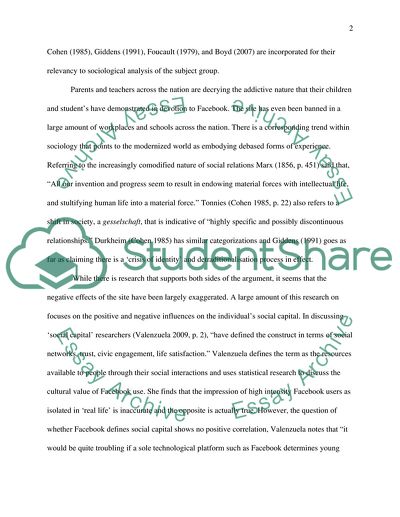Cite this document
(How a Chosen Feature or Domain of Social Life Connects to Social Research Paper, n.d.)
How a Chosen Feature or Domain of Social Life Connects to Social Research Paper. Retrieved from https://studentshare.org/social-science/1731643-how-a-chosen-feature-practice-or-domain-of-social-life-connects-to-culture-and-social-organisation-power-culture-identitysociology
How a Chosen Feature or Domain of Social Life Connects to Social Research Paper. Retrieved from https://studentshare.org/social-science/1731643-how-a-chosen-feature-practice-or-domain-of-social-life-connects-to-culture-and-social-organisation-power-culture-identitysociology
(How a Chosen Feature or Domain of Social Life Connects to Social Research Paper)
How a Chosen Feature or Domain of Social Life Connects to Social Research Paper. https://studentshare.org/social-science/1731643-how-a-chosen-feature-practice-or-domain-of-social-life-connects-to-culture-and-social-organisation-power-culture-identitysociology.
How a Chosen Feature or Domain of Social Life Connects to Social Research Paper. https://studentshare.org/social-science/1731643-how-a-chosen-feature-practice-or-domain-of-social-life-connects-to-culture-and-social-organisation-power-culture-identitysociology.
“How a Chosen Feature or Domain of Social Life Connects to Social Research Paper”, n.d. https://studentshare.org/social-science/1731643-how-a-chosen-feature-practice-or-domain-of-social-life-connects-to-culture-and-social-organisation-power-culture-identitysociology.


